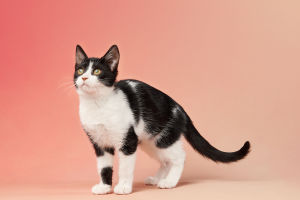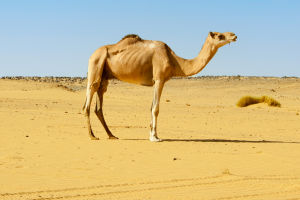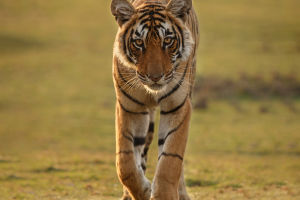Hey Lykkers! Have you ever seen the adorable little owl, with its big eyes and unique hunting style?
Let's take a deep dive into the life of the Little Owl (Athene noctua) and explore what makes this small bird such an incredible hunter.
Introduction to the Little Owl
The Little Owl is a fascinating bird species that belongs to the Strigidae family. Known for its small size and large, round eyes, this owl is found across Europe, parts of Asia, and North Africa. Despite its small stature, the Little Owl is a fearsome predator. Its scientific name, Athene noctua, is derived from the ancient Greek goddess of wisdom, symbolizing the owl's keen hunting abilities.
Physical Features
Measuring just around 25 centimeters in height, the Little Owl is small compared to many other owl species. It has grayish-brown plumage with white spots on its back, and its round face is framed by a ring of white feathers. The owl's big, yellow eyes are one of its most distinctive features, helping it see in low light while hunting at night. Despite its size, the little owl's sharp talons and beak make it an efficient predator.
The Little Owl: A Micro - Documentary
Video by The Bird of Prey Project
Habitat and Distribution
The Little Owl thrives in a variety of habitats, from open farmland to wooded areas and even urban environments. They are often found nesting in old buildings, tree hollows, or abandoned structures. Due to their adaptable nature, Little Owls have become quite common in rural areas, where they can easily find small mammals and insects to feed on.
Diet and Hunting Techniques
Little Owls are carnivorous birds that primarily feed on small mammals such as mice, voles, and insects. They are nocturnal hunters, using their excellent hearing and vision to locate prey at night. Little Owls typically hunt by perching on a high vantage point, then swooping down to catch prey with their talons. They have also been observed hunting on the ground, making them versatile hunters.
Behavior and Communication
Little Owls are known for their distinctive calls, which can often be heard in the evening or night. Their calls are described as a soft, high-pitched whistle or a repetitive “kew-kew-kew.” They are solitary creatures, often keeping to themselves unless during mating season when they form pairs. Unlike many owls, Little Owls are quite active during the day, though they still prefer the cover of dusk for their main hunts.
The Little Owl is currently classified as a species of least concern by the International Union for Conservation of Nature (IUCN), but some local populations face threats due to habitat loss and changes in farming practices. Conservation efforts have been aimed at preserving their natural habitats and maintaining the food sources they depend on.


